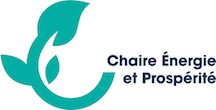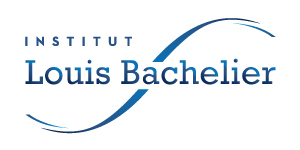Implementation of big innovative projects is often subject to big financing problems. On the one hand, the possibly profitable project can require an outstanding investments at the beginning, which can be not feasible for the firm to acquire on its own, so the investor is needed. On the other hand, such innovative projects have usually the high level of uncertainty, so the uncertain revenue can seems not high enough reward for the investments, which need to be done initially. However, it can be the case that the project, if successful, would have a great social value (for example, innovative green projects), and thus the government (or government agency) can be interested in stimulating the firm to invest into such project. However, intuitively, the firm can acquire more valid information about the quality and expected payoffs of the project. Thus, the government needs to stimulate the firm, while reducing the costs of information asymmetry.
This paper studies the question of an optimal mechanism of supporting a firm willing to undertake some green innovative project. We concentrate on the projects, which require the development of technology at the beginning and then, in case of success can be commercialized. The firms differ in the “quality” of the technology. For the projects of such type we show that among the deterministic mechanisms there is no opportunity for the governmental agency to do better than propose a single mechanism to all the firms, which means that discrimination is not possible in this conditions. After derivation of the optimal mechanism, we add the possibility of moral hazard for the firms, given by the possibility to hide the success of technology. From the comparison of optimal mechanisms in the case of pure adverse selection and with addition of moral hazard we determine the value of information on the success of technology development for the agency.
The problem of the optimal mechanism to support such innovative green projects has a high practical value since there exists a number of governmen- tal agencies almost in each country the aim of which is to support financially the firms, that are able to undertake the innovative project. In France one example of such agency is Ademe, in collaboration with which the idea of this research was drawn. It specializes on the financing of the innovations in energetic transition. Thus. the structure of the project presented in the main model is based on the real life projects, which increases the practical value of the current research.
On the theoretical side the model represents principal agent framework, which includes simultaneously adverse selection and moral hazard. On top of this the project generates separate benefit for both the agent and the principal and the outside option for some types also has some value for the principal. All those features are not usually presented in the literature in the same model, so the paper contributes also to the theory of principal-agent framework.
Master thesis supervised by Professor Robert Gary-Bobo and Professor Guy Meunier;
Margarita Kinerva’s 2019 internship was financed by the Chair Enrgy and Prosperity
No Upcoming Events found!


